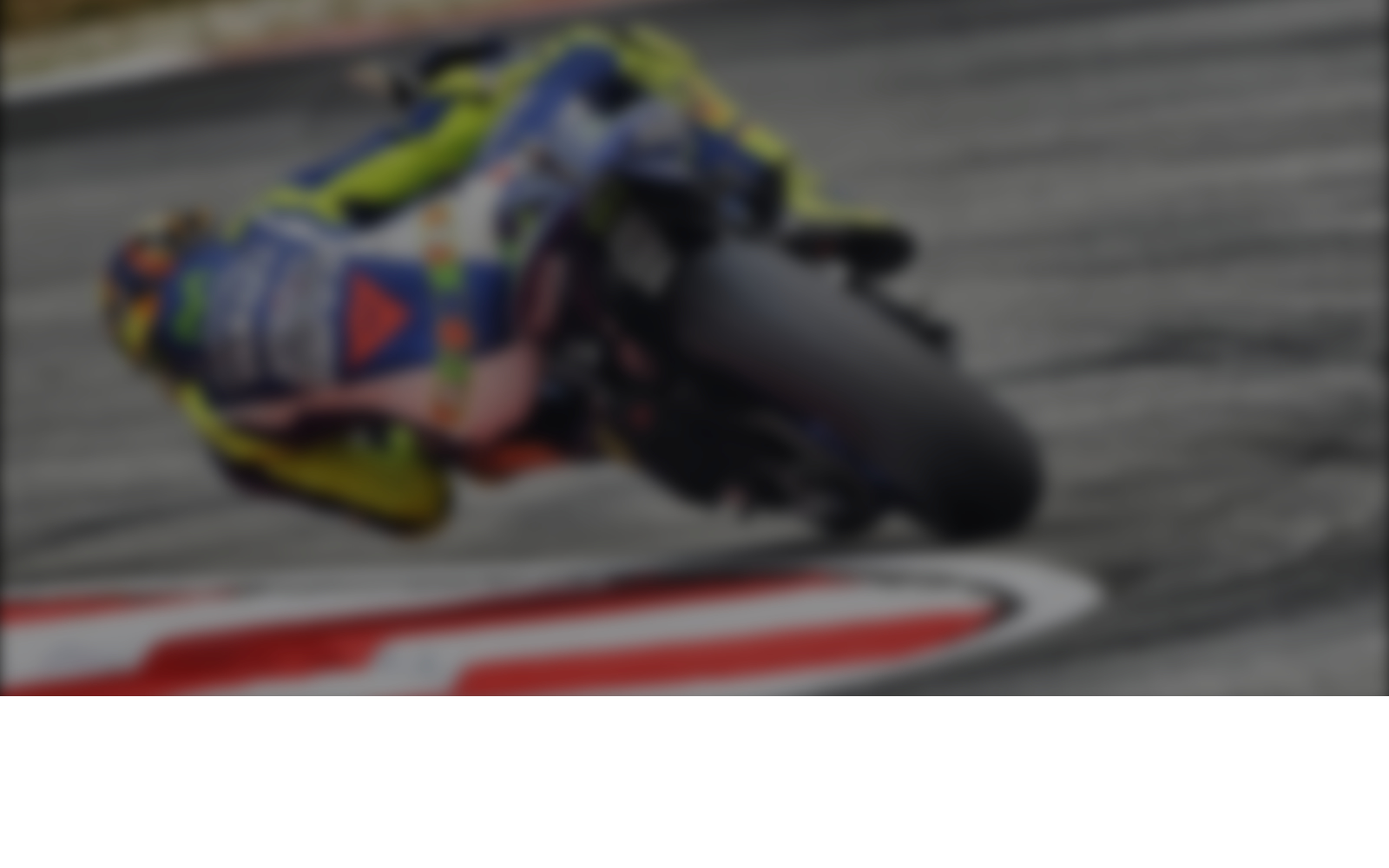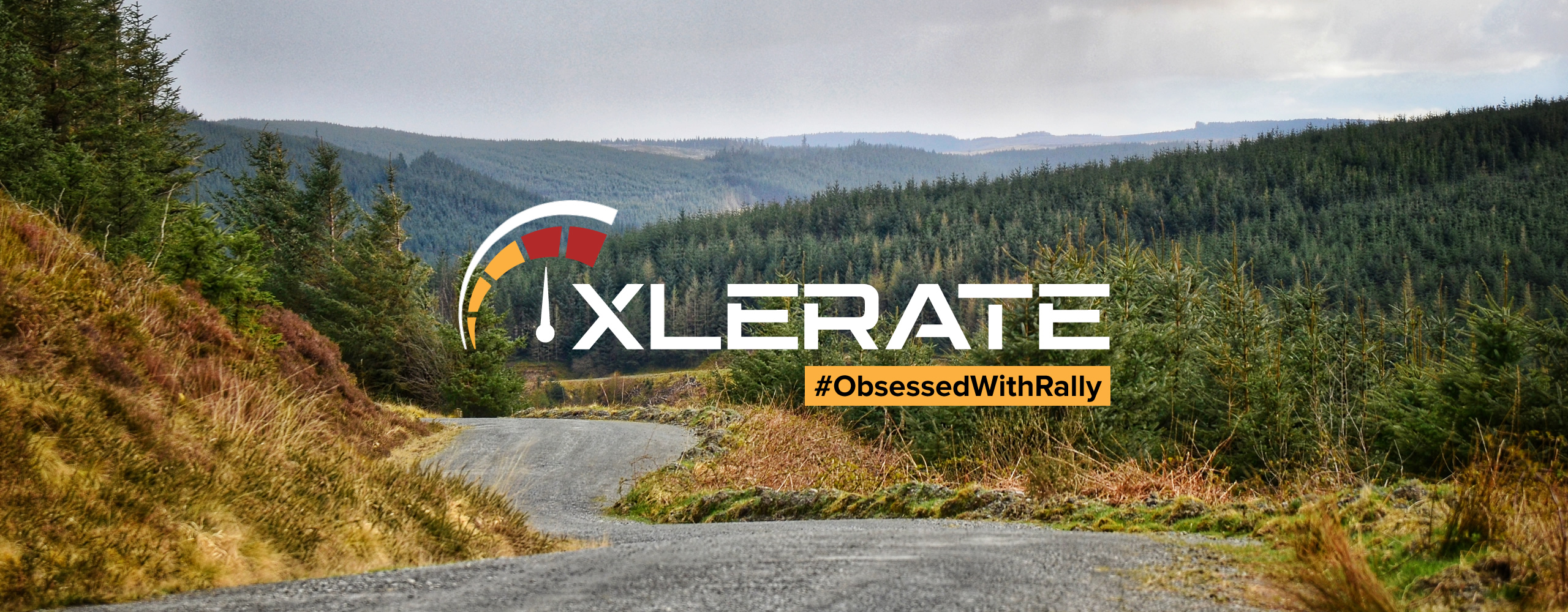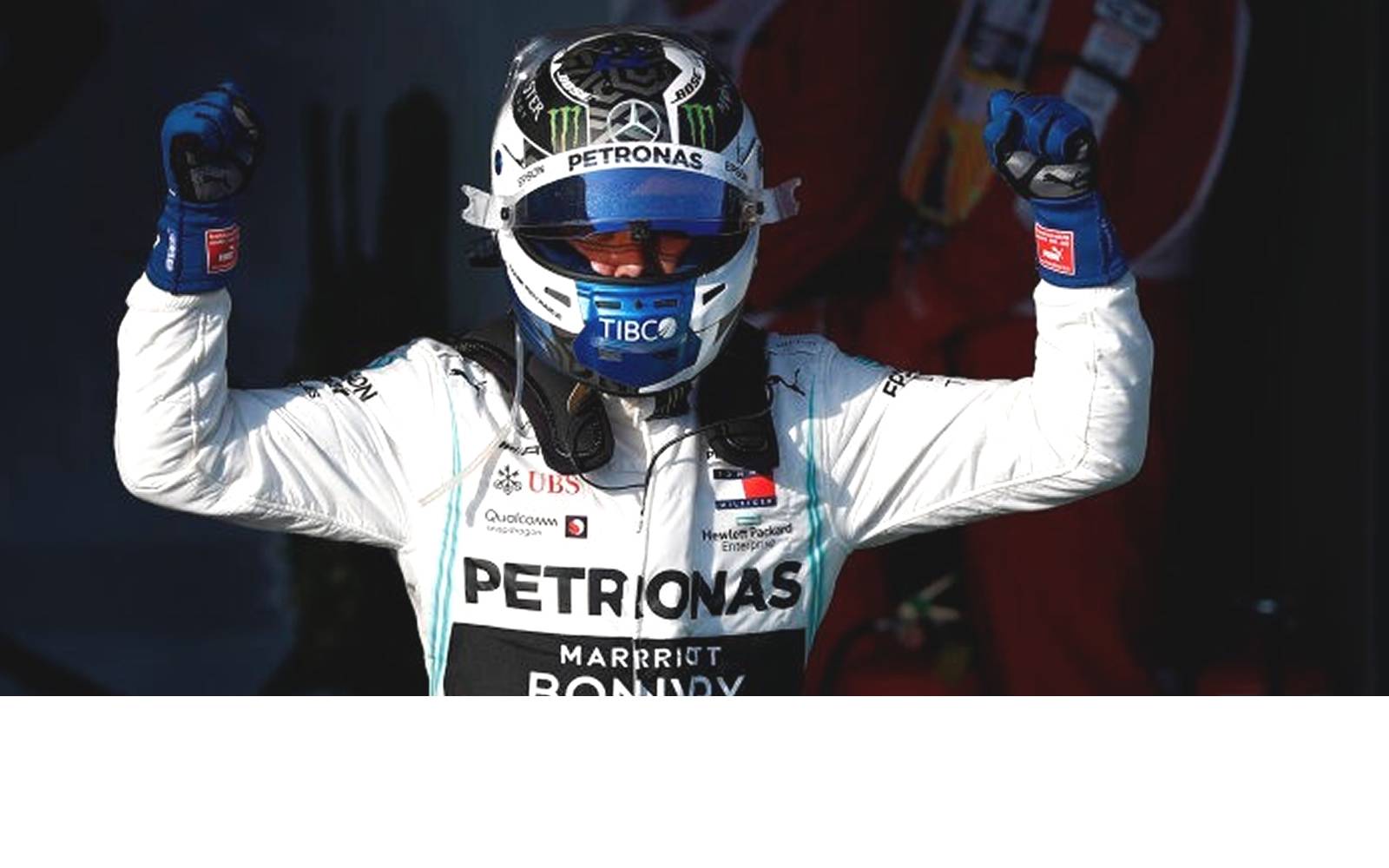
MotoGP | 2019 | The New Rules Explained
21/03/2019Whilst there is a fat book full of official rules governing the sport, I’ve selected some of the more interesting and significant rule changes across the classes for this season.


Aerodynamic fairings:
The winglets that Ducati introduced a few years ago made other manufacturers follow trend. The rules were changed soon after so that they had to be incorporated within the fairings and not exceed a specified measurement.
However, this year although those designs will still be allowed, each rider will start with a specific style with only one upgrade or change throughout the season will be permitted at any chosen time, and once changed there is no reverting of the significant aerodynamic parts.

Electronic Control Unit:
The brains of the bike sees a big change where stricter limits are imposed for the electronics. Dorna has governed specified technology which in effect means that no tweaking to gain advantages by using the manufactures own software to bypass settings and disguise how the bike is behaving will be possible.

The Finishing Line:
Where there have been situations when a rider and machine have crossed the line separately and the place is lost in timings, it will now be determined by the last part of the rider or bike crossing the line.
Red Flag:
When a red flag situation arises, it will be the decision of the Stewards to deem whether a rider was active and actively competing, restarting the bike to re-join the race or entering the pits to then define and classify them in the finishing standings (No appealing of decisions are permitted).
Yellow Flag:
Overtaking under a yellow flag or the infringement of will now be highlighted on the riders’ dashboard and the laps to respond to this have now reduced from 5 to 3 laps.

Starting Machines:
It is not permitted to start a bike inside the pit box at any time, they must be started in the pit lane.

Tyre Allocations:
MotoGP™ Class
The standard allocation of rain tyres will increase from 11 to 13; being six front and seven rear tyres.
Moto3™ and Moto2™ Classes
In these classes, the number of rain tyres is not limited. However, the official supplier must now have a minimum of four sets of rain tyres for each rider.

MotoGP™ Qualifying:
There are three 45-minute Free Practice (FP) sessions and the times set count towards Qualifying. The combined results determining whether a rider will participate in Q1 or Q2. There is a FP4, a 30-minute session which has no real purposes other than for testing purposes (most riders use this for race simulation).
Q1 is a 15-minute session and consists of the riders who are 11th and below, from which the top 2 riders of Q1 will qualify for Q2, everyone else will make up positions 13 downwards accordingly.
This will result in 12 riders contesting the final 15 minute Q2 session to determine who gets pole position and the other 11 positions.
Moto 2 & 3 Qualifying:
The top 14 riders from practice will advance directly into Q2, with four slots available for the fastest riders in Q1 to progress into an 18 rider pole shootout.
The four riders who participate in both sessions will be granted an extra soft rear tyre to use.
Official Titles for Circuit Lap Record and Race Lap Record
New official titles were approved for the following circuit records:
“All Time Lap Record” – The fastest lap time in history including all Grand Prix sessions.
“Best Race Lap” – The fastest lap time in history made during a race
Words by Emilio Sanchez for Xlerate


